The Lone Peak 9 is now available!
If you’re looking for the latest and greatest, be sure to check out our review of the Lone Peak 9. It showcases some features of the previous Lone Peak in an updated package.
The Lone Peak is a shoe that holds a unique spot in the trail running shoe market. No other company has come close to competing with Altra for a wide, soft, flexible workhorse that translates across the thru-hiking and ultrarunning communities AND for those who just need some extra width for their feet to expand into.
Affiliate Disclosure: By clicking through the links on this page and purchasing the products, you’ll be helping me out. This is done because I receive a kickback from the sellers at no extra cost to you! Thank you so much for supporting us!
Lone Peak 7
In January 2023, Altra released the Lone Peak 7 with updates to the outsole and the upper in a package that I’d describe as refined rather than overhauled.
In this review, I will take you through the fit, feel, and durability and give my comparison vs. Lone Peak 6. Then you can decide if it’s a buy or a pass for this year.
The short version of this section is, “it’s oh-so similar to version 6!” Just a touch less forgiving on the sizing.
But if you’ve never tried version 6, here’s how it fits.
The Lone Peak 7 has a wide toe box allowing your toes to splay. Sporting the “Original Fit,” there is added width in the toe box for those with a wider forefoot. And if you desire even more room, the shoe comes in a wide version, giving options to many out there that struggle to find wide enough shoes.

It’s a deep shoe that can be made even deeper by switching out the insoles. Most running shoes on the market suffer from cramping toes and the midfoot in width; what I want to focus on here is depth. Version 6 of the Lone Peak did an excellent job offering ample depth out of the box, but I feel version 7 has shrunk a little. If you need more room, I’ve got two solutions for you.
- Switch out the insole for a thinner pair. Altra shoes tend to come with crazy thick insoles, which is good because it allows a shallow fit for those who need it, but those with deeper feet ought to take them out straight away and switch to a thinner pair.
- Or stick with it because the insole/midsole will pack down, allowing more room for your foot to breathe in time.
You may want to consider the wide fit if you’re on the edge. Most of the shoes fit well for me, except for the width toward the midfoot. I did have some slight overhang, which ended up being uncomfortable if I tied the laces too tight.
Because of this, I would choose the wide in the future, and I wouldn’t consider my foot overly wide, just average, but bare in mind I’m a barefoot runner used to wider fitting shoes.
The forefoot width continues back towards the heel. Feet come in all different sizes, and the Lone Peak fits one type of foot particularly well. The best way to explain this foot shape is a log shape (see picture), as wide in the heel as the forefoot. Unlike brands like Hoka or Salomon, the Lone Peak is not fitted in the heel. For some, that works perfectly, but for those with feet like mine, sometimes your heel will swim around a little, and you’ll be required to use a tight lace lock.
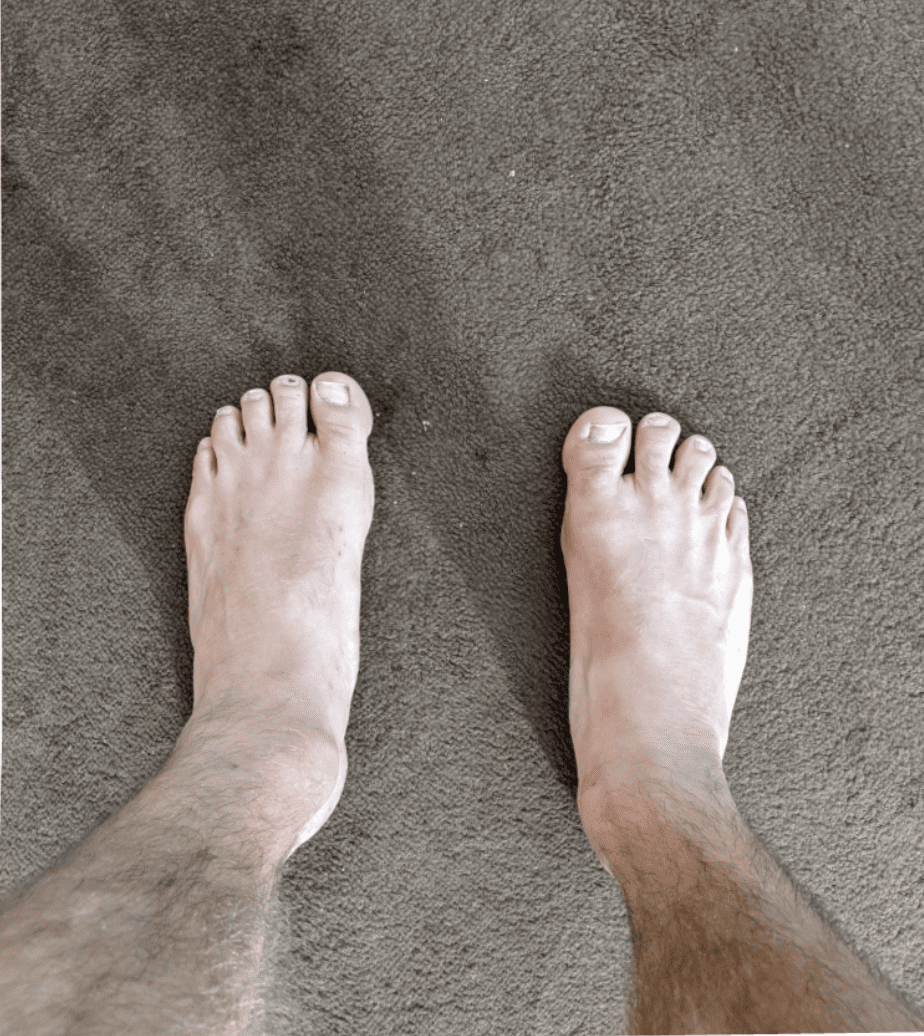
The perfect foot for the Lone Peak
If you have a narrower heel, I’d suggest looking at the Altra Superior instead. Even though it’s not as durable as the Lone Peak, the fit will suit you much better, and that’s important.
The tongue is thick, old school, with little slippage. Altra has made some huge mistakes recently with new thin, oddly shaped tongues (I’m looking at you, Timp). But the tongue on the Lone Peak 7 remains old school. A chunky cushioned design with lace loops and gussets to ensure it doesn’t fall from its position when running. And most importantly, it stops the laces from digging into the foot.
Which Altra Shoe is for you?
Take a quick 4-question quiz to identify the perfect Altra running shoe for your feet! You'll get both road and trail options based on your answers!
Here’s where we’ll see some minor differences with the Lone Peak 6, and it’s best we start with the most significant difference.
The base of the shoe feels stiffer. It’s almost like the rock guard they’ve integrated above the midsole has been beefed up a little, contributing to a stiffer ride. That isn’t to say it’s like a carbon plate, but it’s noticeable compared to the Lone Peak 6.
Being stiffer may be a good thing for you. I did notice it felt like I was getting a little propulsion upon every step. But this midsole will soften over time for someone like me who prefers flexibility and ground feel over speed.
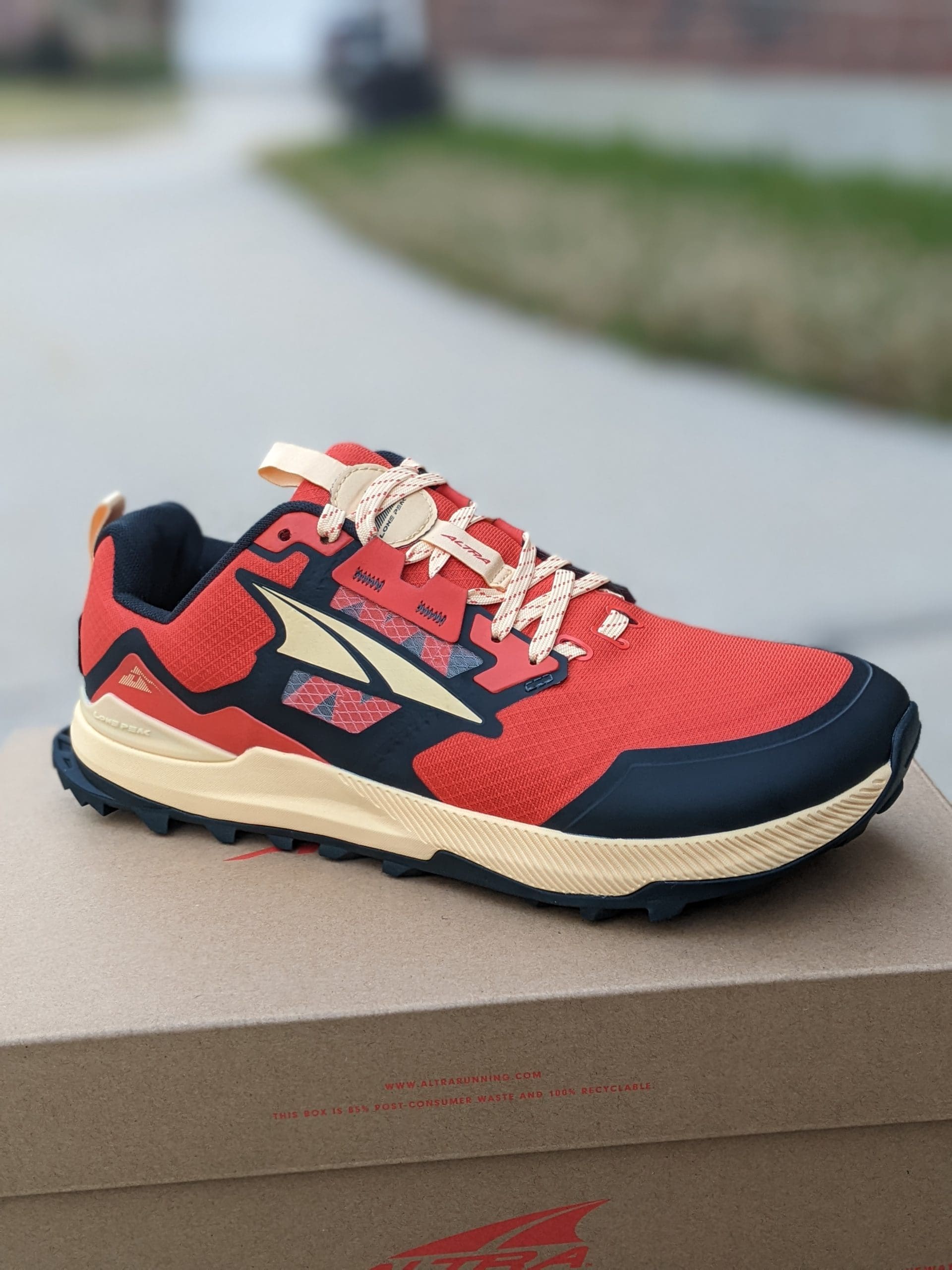
The midsole still feels soft but not bouncy like new foams on the market. Many shoes coming out recently are very soft and bouncy and feel almost like you’re on a trampoline. Because the Lone Peak still uses relatively old EVA technology, you still get that squishy feeling but no bounce. That’s not a bad thing for everyone, some, including me, feel a little uneasy on these bouncy foams, and I prefer firm EVA. It’s also cheaper! So it keeps the Lone Peak from climbing into those stupid $200 ranges.
With an updated Maxtrac outsole, slippy rocks will be less of an issue. If there is one thing that all shoes struggle with, it’s grip in different environments. Previous Lone Peaks dealt with mud reasonably well, thanks to the unique tread pattern. But when it came to wet rocks, the outsole failed. The Lone Peak 7 attempts to fix this! The rubber is subjectively more tacky, much like super rubbers from La Sportiva, but does that mean they’ll wear down quicker? Only time will tell.
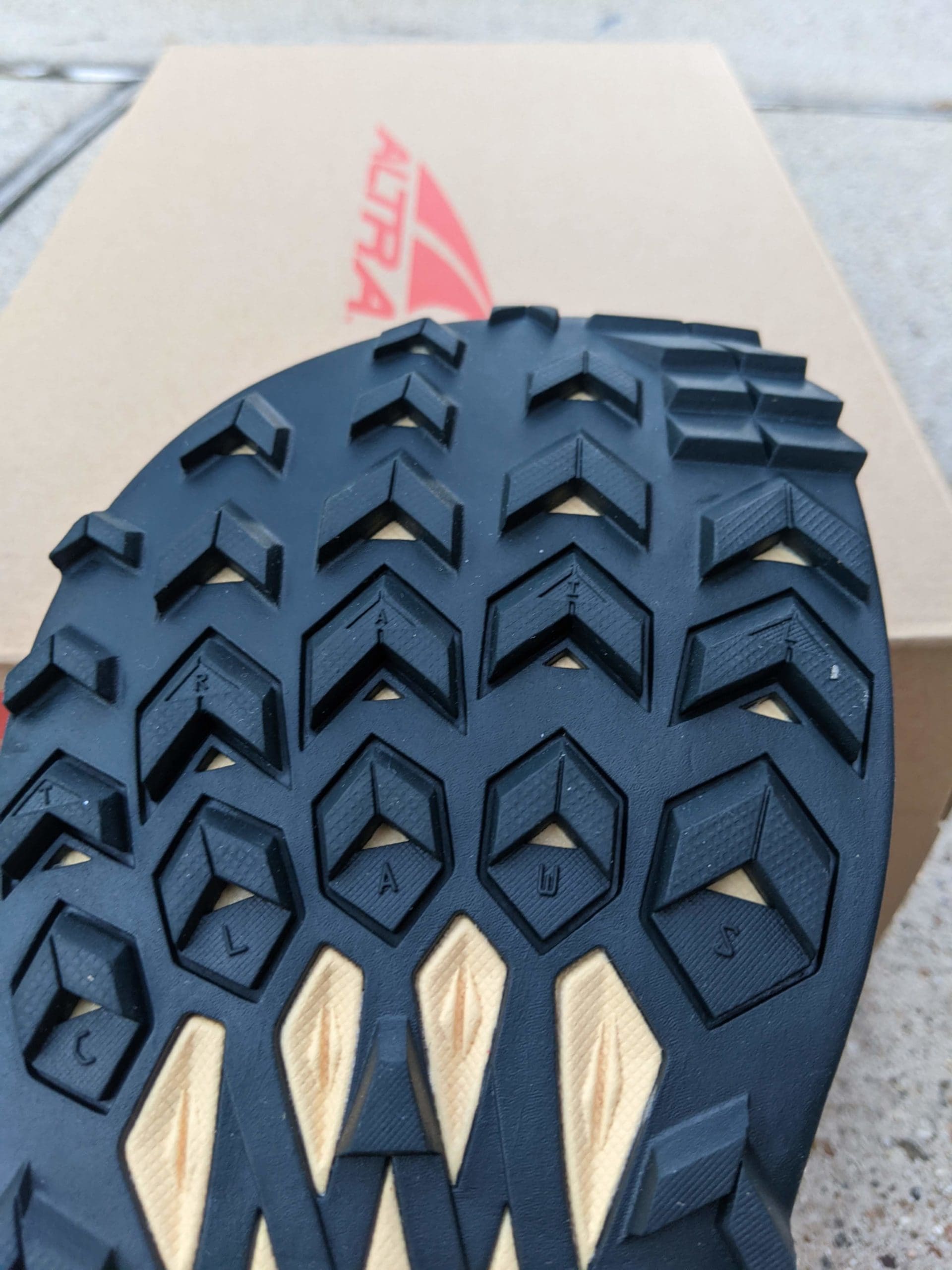
The updated welded overlays create a stiffer, more secure lockdown. It’s a minor difference, and you’d only notice this if the shoes are side-by-side, but the lockdown feels a little more secure over the midfoot. Granted, it may soften with more usage. I’d expect this feeling to be down to the new and more substantial welded overlays covering a large portion of the midfoot. It doesn’t change the fit, but it does change the feel very slightly.
The Lone Peak 7 has gained more weight, but you don’t feel it. With a gain of 0.4oz (14g), it’s difficult to feel the weight difference, but as always, when shoes gain weight, they’re going in the wrong direction! Maybe it’s the new rubber? Or the extra glue they need for the overlays; either way, I’m not sure the weight gain is warranted with this update.
The new plastic heel cup does nothing. Altra says this adds some stability, but I’m highly skeptical. It’s so low that it’s almost insignificant. I didn’t feel it at all, and I imagine even the worst pronator out there wouldn’t even gain any benefit from it.
Altra Lone Peak 7
The durability has shone through in the past few versions of the Lone Peak. That’s one reason these shoes are fan favorites of long-distance hikers (I should know, I blasted through a different shoe in 400km, with no option but to duct tape my feet!).
I feel the Lone Peak 7 continues its durable trend and possibly further exceeds its reputation.
Some prefer stitched overlays because it is tried and tested, but the Lone Peak now uses welded overlays. The Lone Peak 6 had double stitching throughout the shoe’s overlays, which may seem durable, but one big scuff can leave you with broken stitching that gradually unwinds over time. The same cannot be said for welded overlays, the seams are glued, and as long as the glue doesn’t fail (that’s the big question), these overlays won’t be moving.
Most companies now prefer welded overlays, and the glues used in Lone Peak 6 have been refined to the point where it’s unusual for it to fail in the shoe’s lifetime. I feel this change is a positive step.
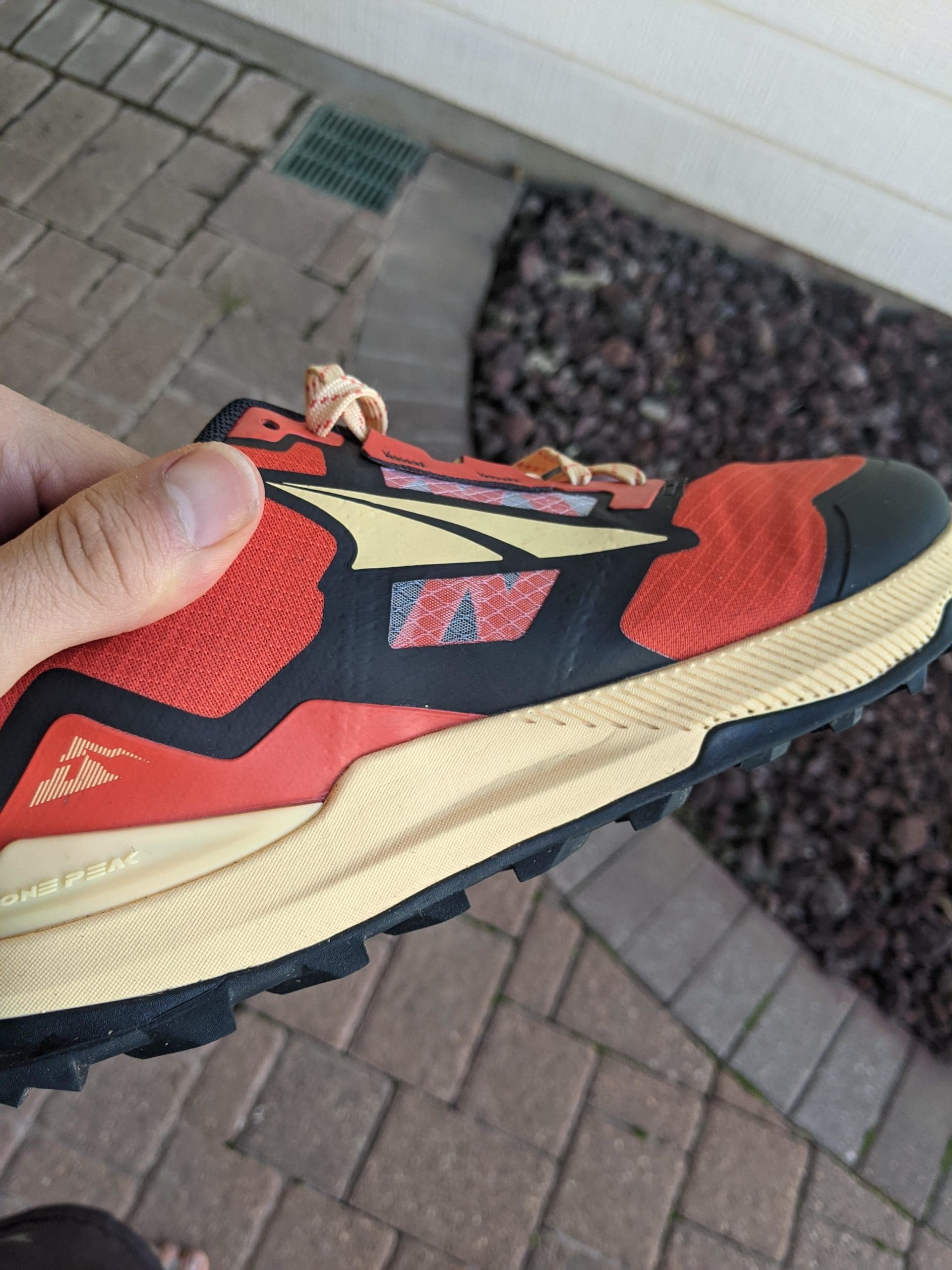
An EVA midsole may be old tech, but its lifetime is well-known. The new foams on the market seem interesting, but we’ve got little data to show how long they’ll last in the long term and on YOUR feet. You’ve likely had many EVA foam shoes in the past, and you’ll know if you crush them quickly.
Many companies and shoe shops advise you’ll get about 500 km from a shoe, but I’m a little more optimistic, especially regarding zero-drop, lower stack height shoes.
I believe the Lone Peak 7 uses the same foam as its predecessor, so if you have the Lone Peak 6, you’ll know how the midsole holds up. And I’d predict that the midsole will not be the shoe’s limiting factor. It may feel slightly lifeless at 500 km, but it’ll keep going for longer.
That new rubber may be sticky, but history tells us sticky rubber doesn’t last. If I were to make a generalized statement about outsole rubber, I’d say that soft, tacky rubbers tend to wear down quicker. So, considering the Lone Peak 7 now has stickier rubber, does that mean it’ll wear faster? I can’t give you a definitive answer, but my guess is yes. Even to the point that I’m going to guess that it’s the weakest point in the shoe! I’m sure it’ll get you to 500km, but you’ll see a drop-off in performance once we start moving past that point.

The crease point in the upper at the ball of the foot is exposed again! If we go back to the early days, the Lone Peaks upper often broke down at the crease point either on the inside or the outside of the foot towards the front where the toes bend. This wasn’t surprising because it was a more flexible shoe, and the movement of the material over time would just wear thin.
On the Lone Peak 6, this area is covered with an overlay, which protects the area a little more, lessening the chance of the material wearing through, but in version 7, there’s no overlay!
Does that mean the upper will wear, though?
I believe the omission of an overlay is strategic. This Lone Peak is stiffer than the previous version, so the flex point will be under less pressure. So potentially, it won’t wear through.
If I were to guess, the rubber would wear before breaking out the side of the Lone Peak 7 because the material used is relatively heavyweight by shoe standards.
The update from the Lone Peak 6 to Lone Peak 7 was not drastic, so I don’t imagine people rushing out to grab a pair if they already own the 6. But the rubber compound update is an excellent reason to look forward to the new pair if they come your way!
Long-time lovers of the Lone Peaks will be happy to hear that the fit is relatively similar and that the plastic “stabilizing” heel cups can’t be felt (really, why is it there?).
If you’re in the market for an upgrade, and you’ve loved the Lone Peak in the past, I’d say go for the 7! You’ll be more than happy with the package, and it’s still not breaking the bank compared to many other shoes on the market.
If you’re strapped for cash, check the deals online to see if you can pick up a Lone Peak 6 for a bargain. It’s still a good shoe and well worth the money.
And if you have a narrower foot or heel area like me, check out the Superior. The younger sibling that’s 10 times more fun but just a little more fragile.
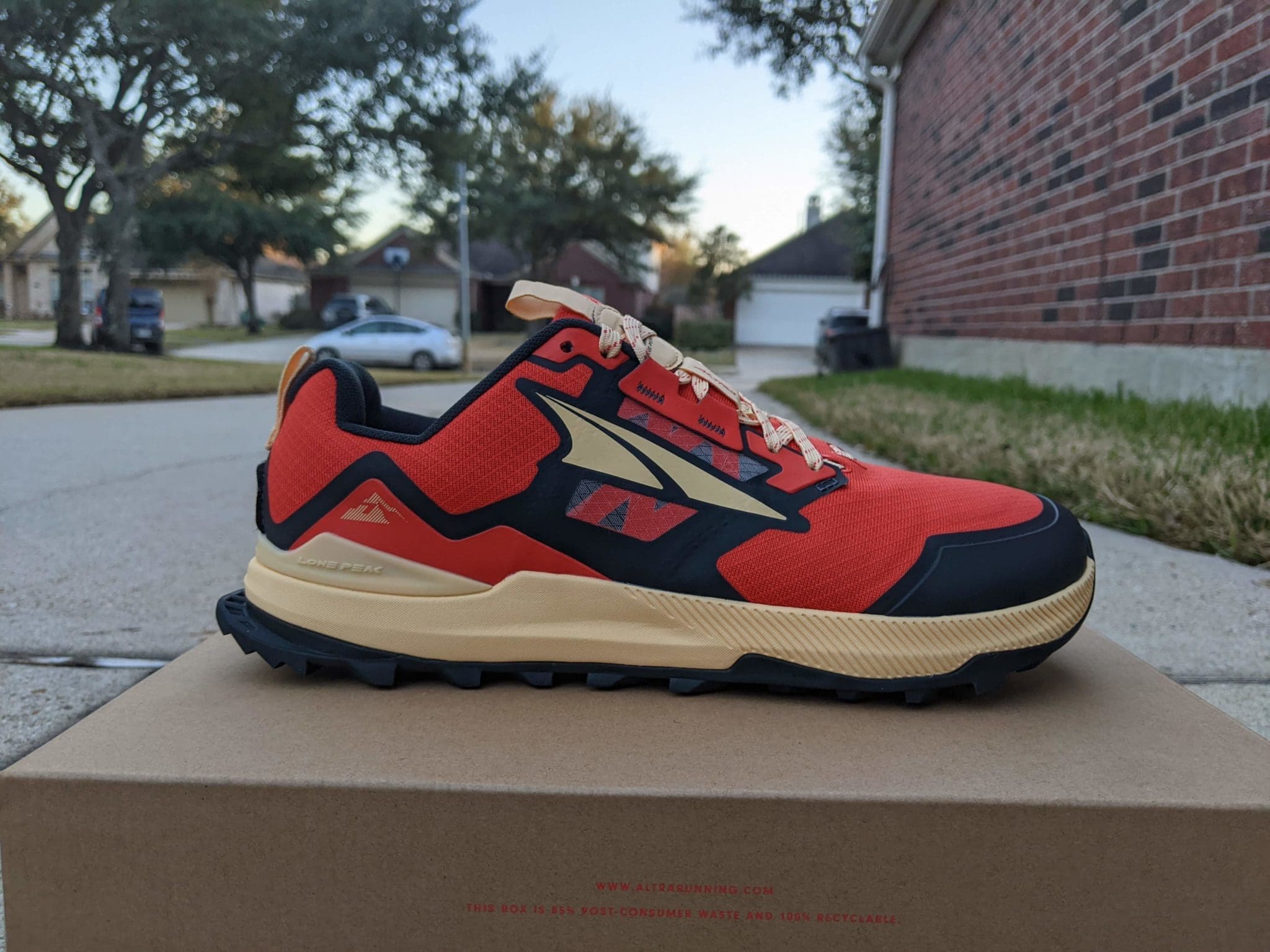


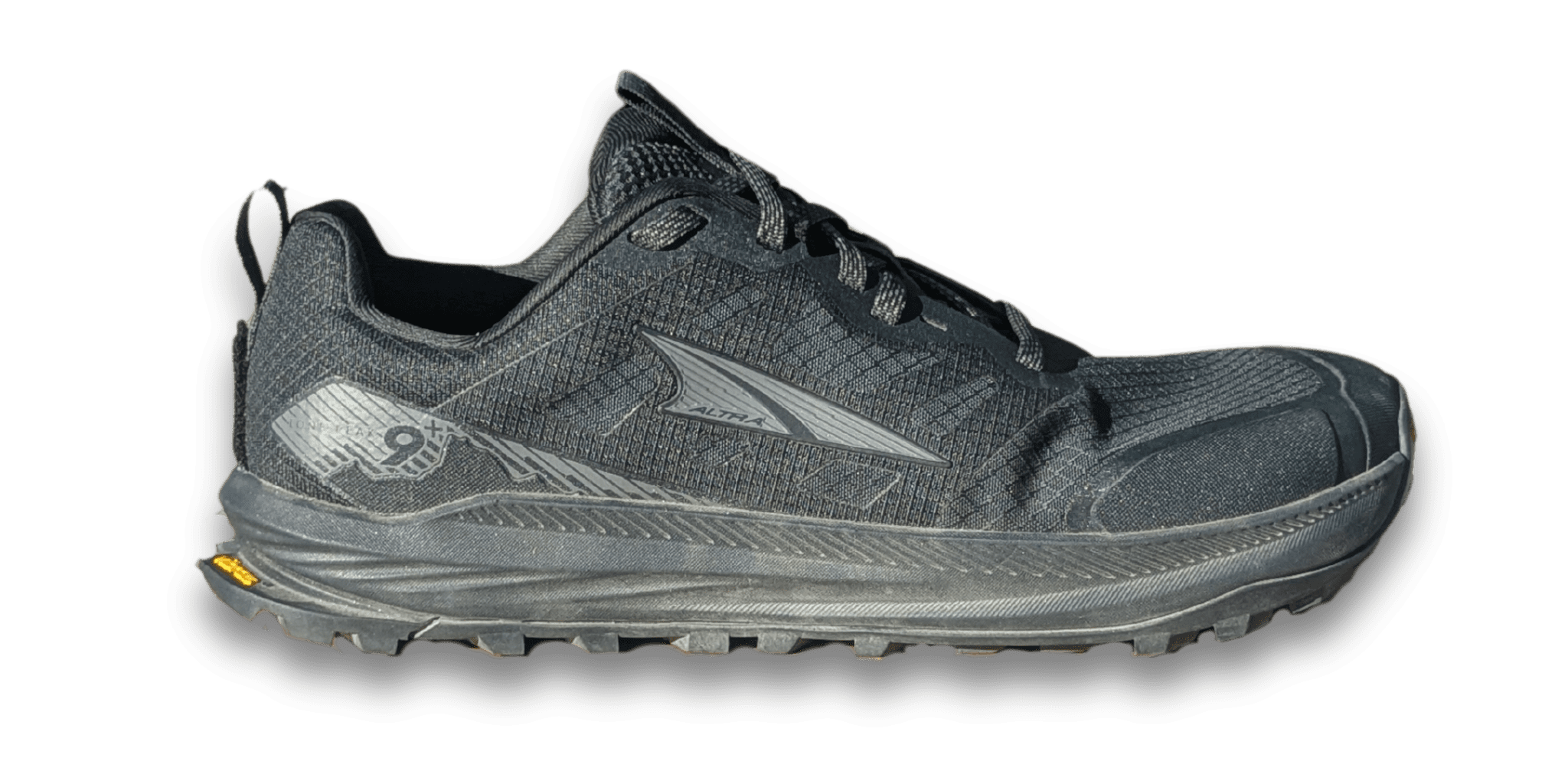



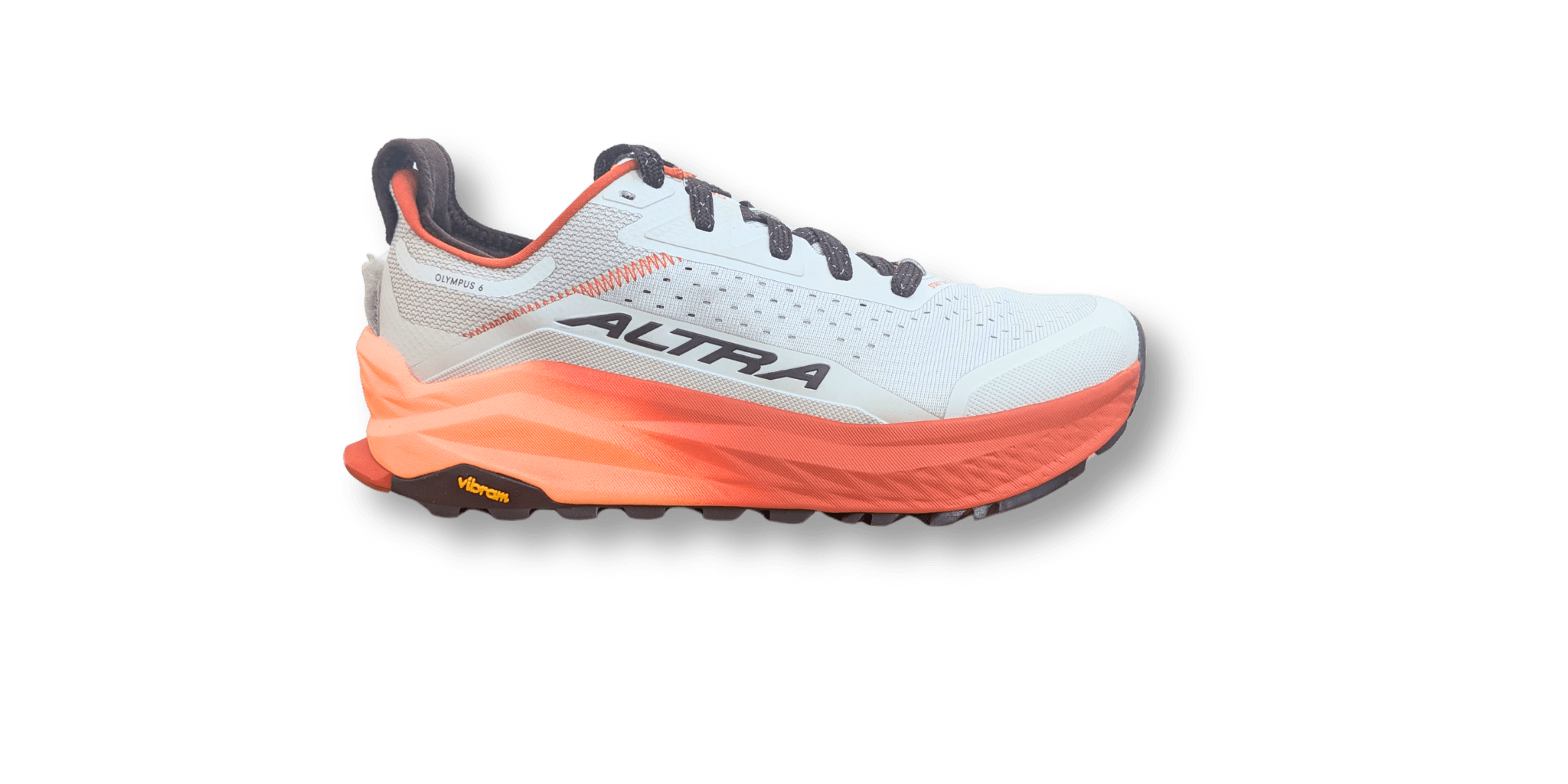
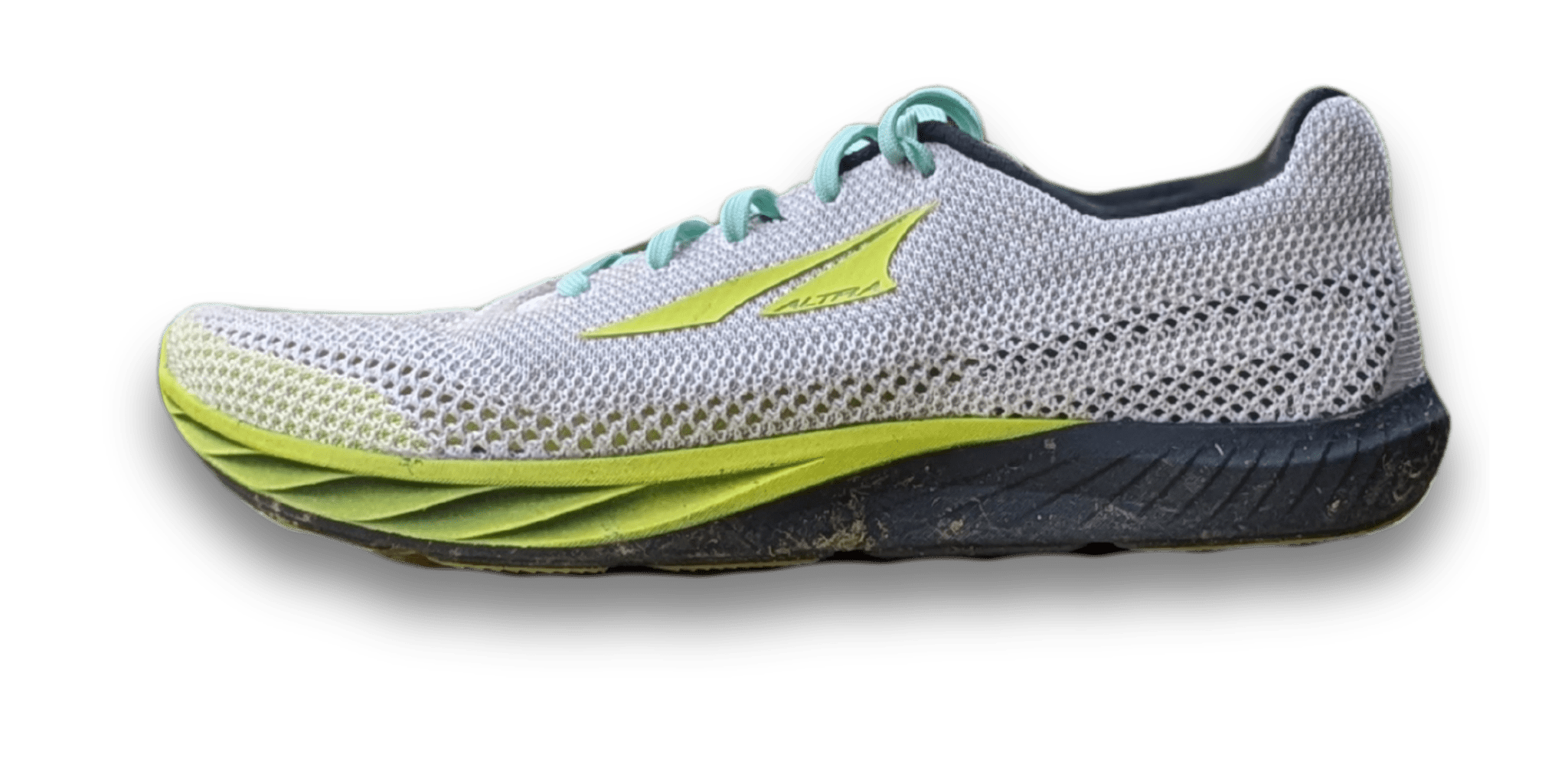
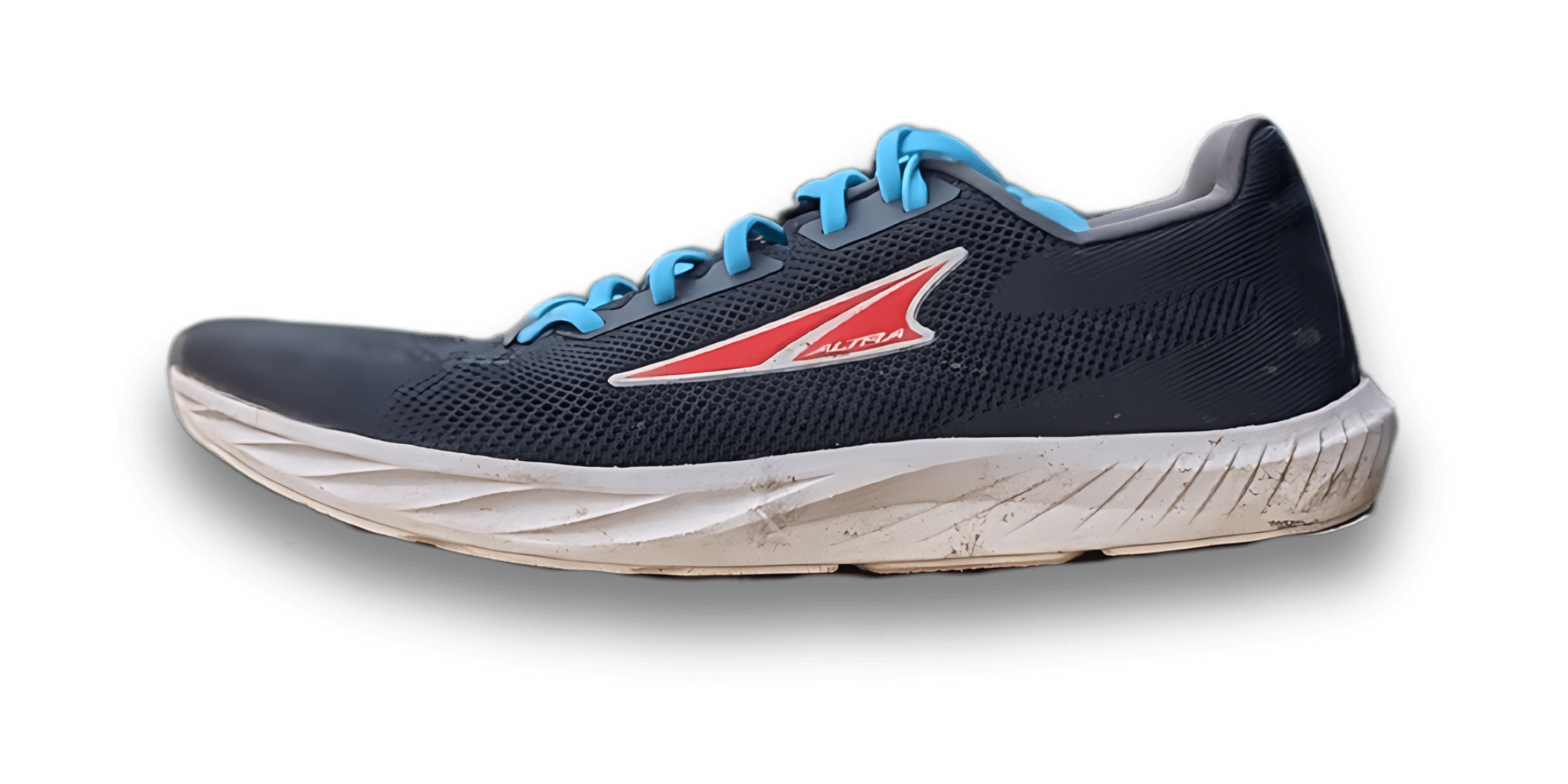
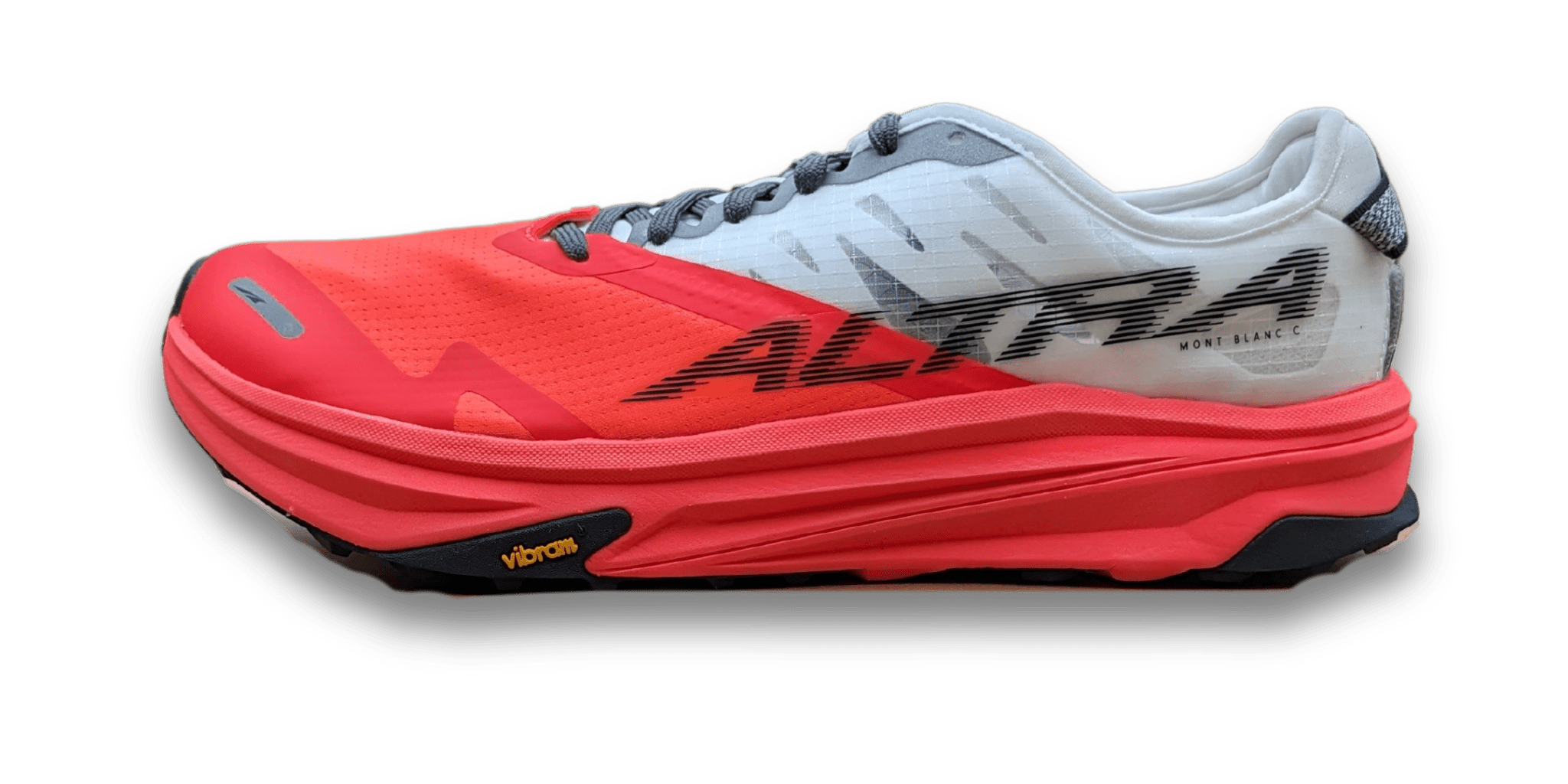

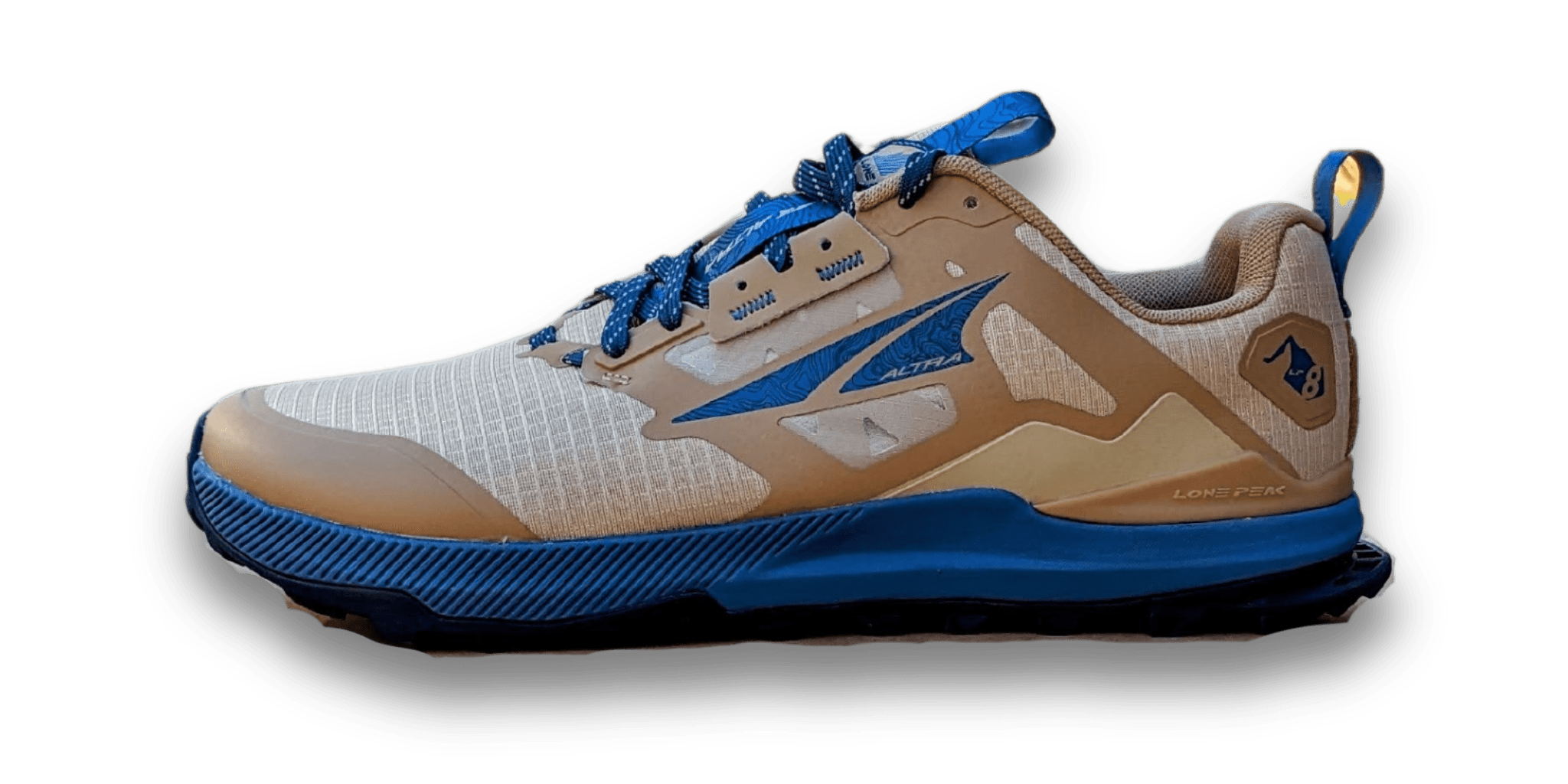
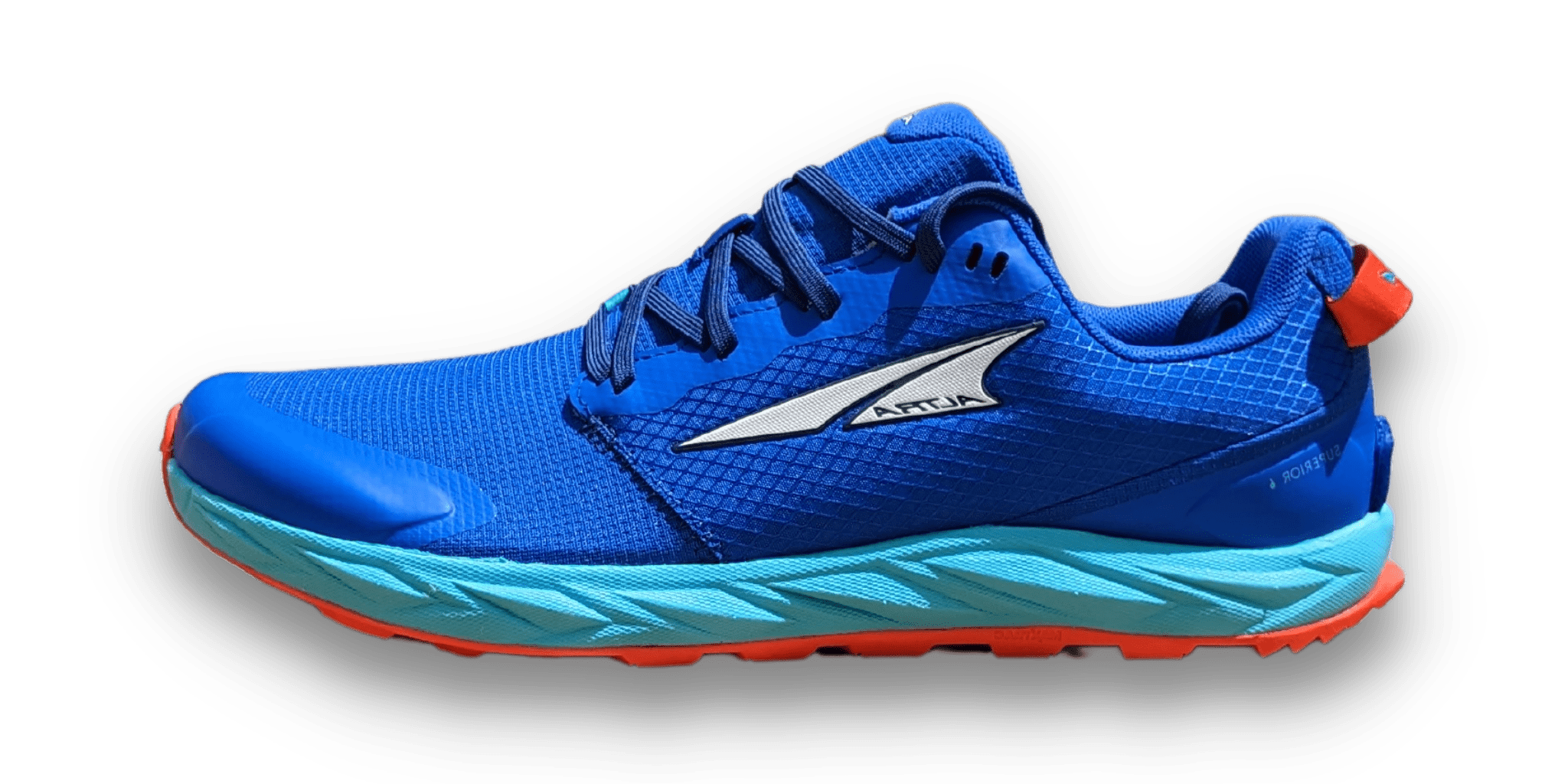
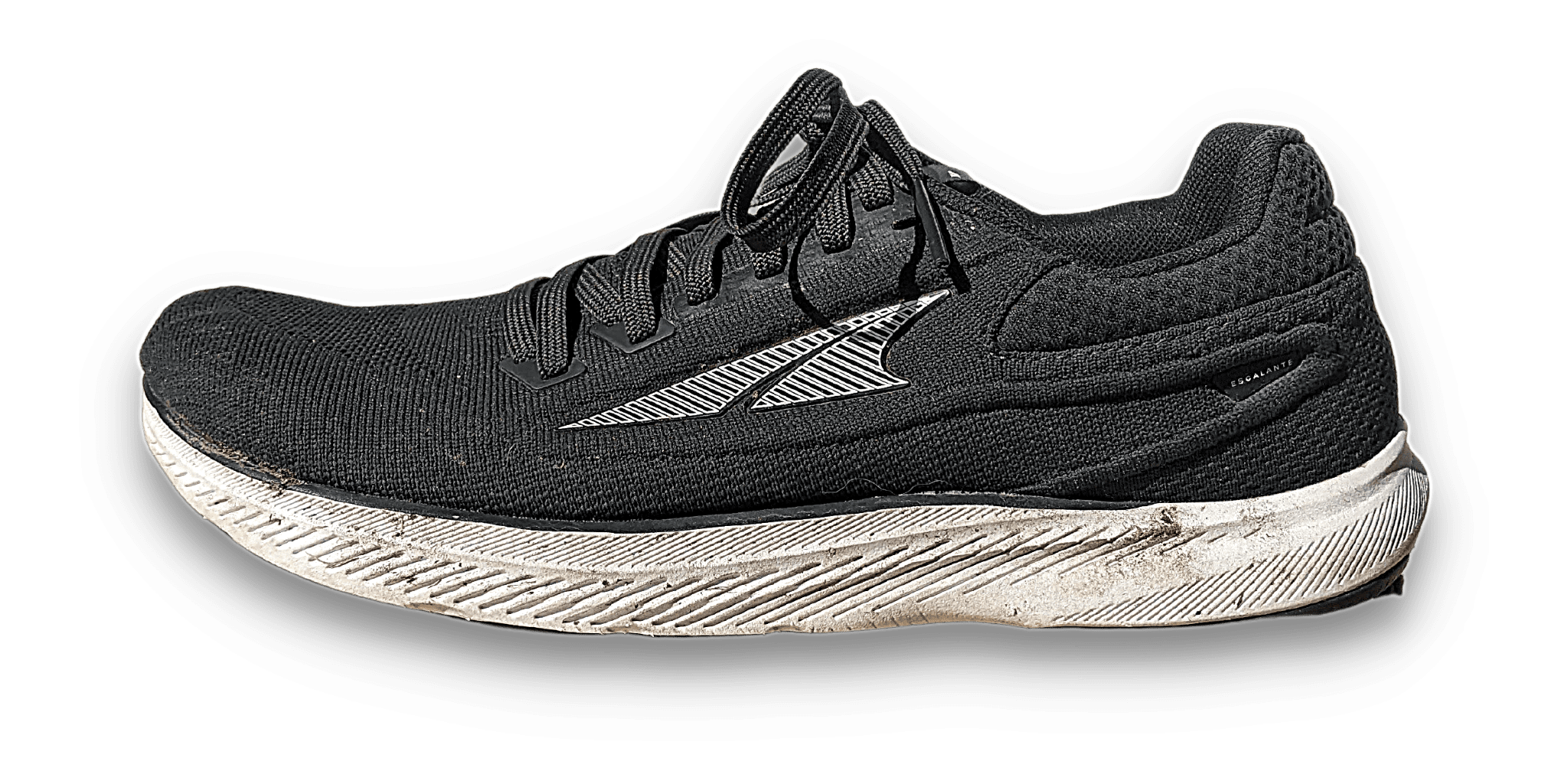

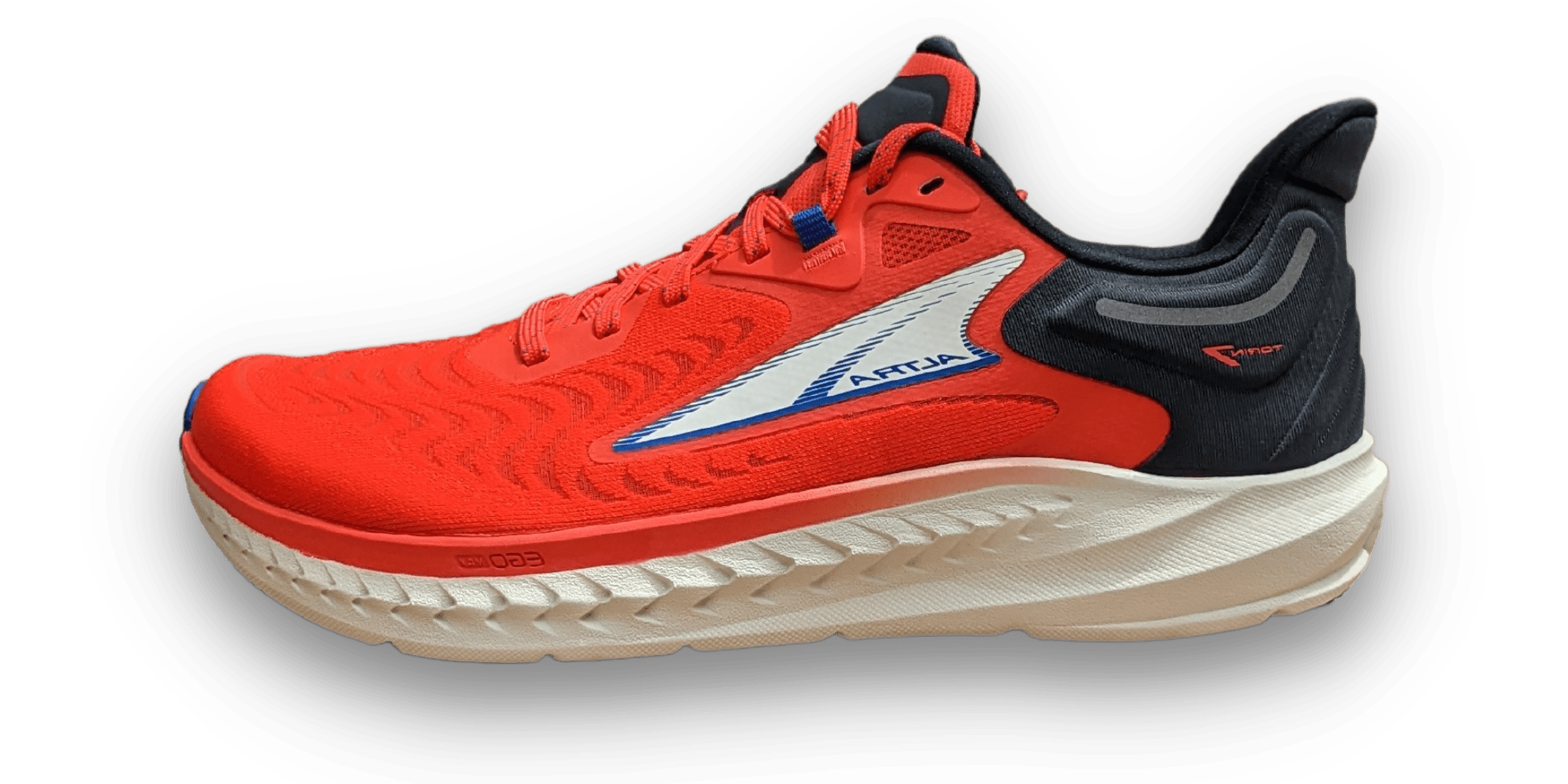



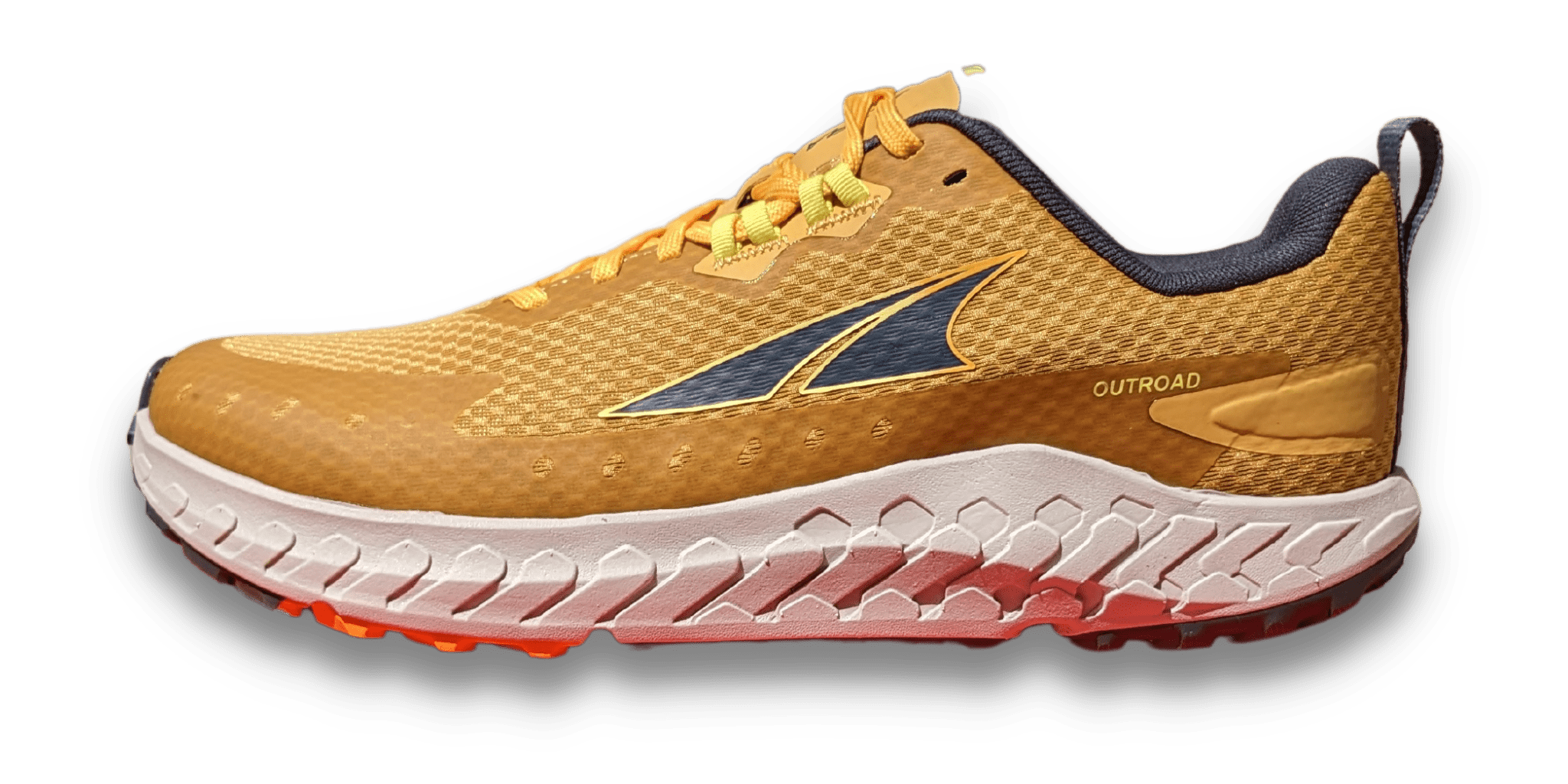

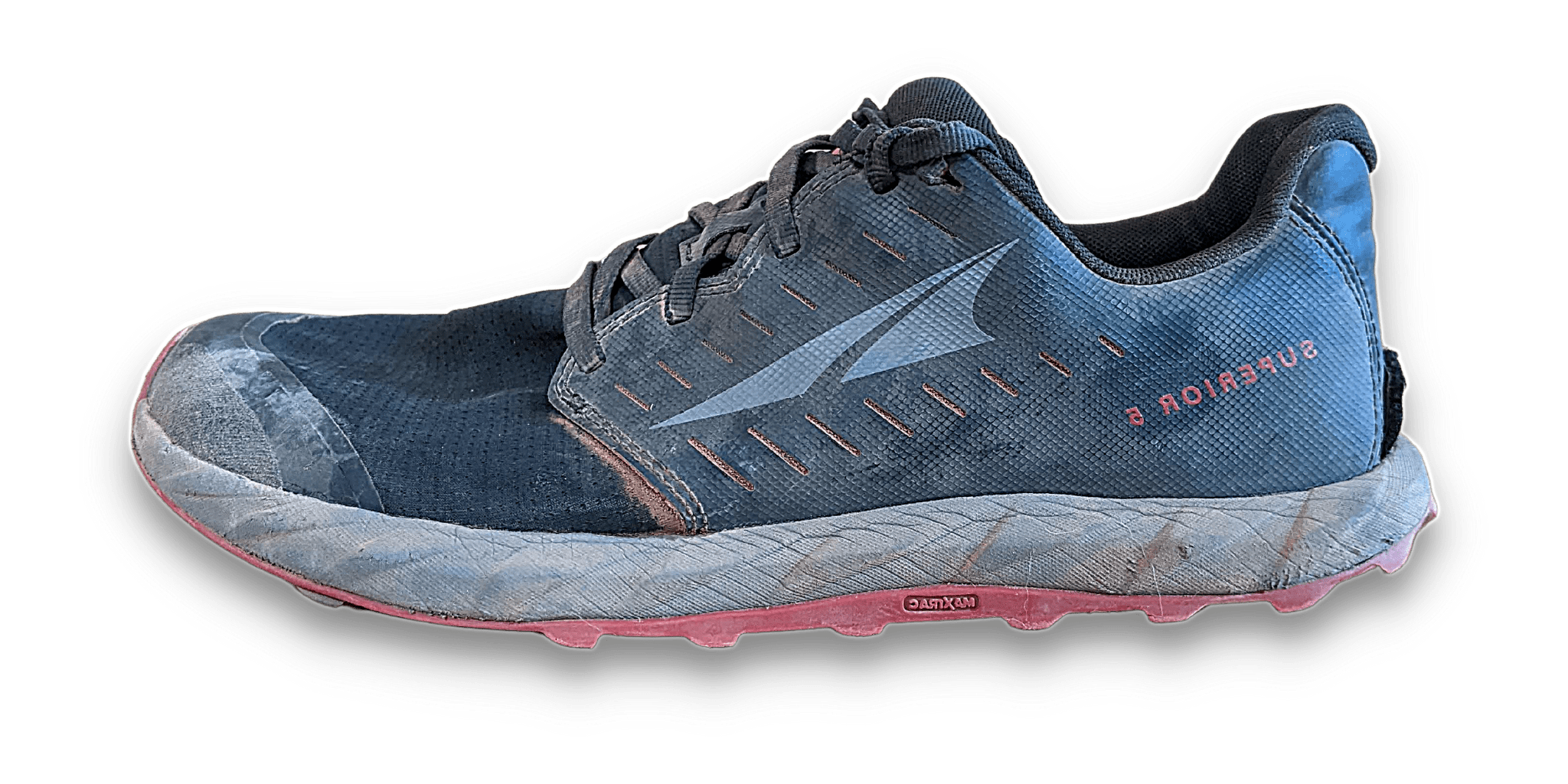
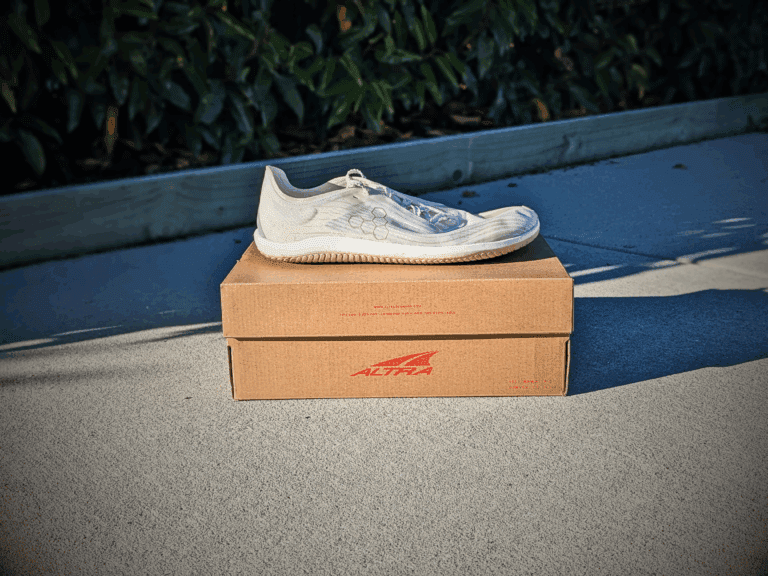


I’m disappointed about the drain part. The shoes dont dry fast enough and get pretty heavy.
I came from the 4.5 to the 7 and yup this is a huge jump but a part from this i like them
Overall I am very happy with the Lone Peak model, I had 5 – retired it at 1550km, now I have 6, I will retire it at 1500km. The only place where the fabric has torn is in the area where the fingers fold, there it rubs and tears. The sole remains responsive and at 1000+ km, cushions very well. Now I bought generation 8, I’m putting them on soon. I will be able to give an opinion after 1500 km. It sounds more than scandalous to change shoes every 500, 600 or 800 km. On average, I drive 2500km a year, which means I buy 4 or 5 pairs. No way. I wish everyone health.
That’s how it should be! We should expect to get a better life out of our shoes!